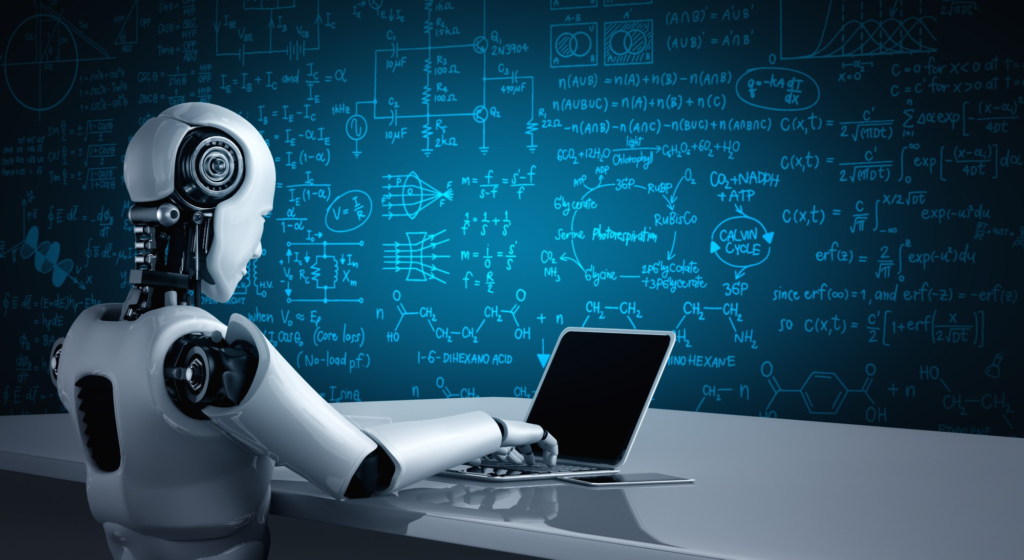All thanks to technology in this modern era, life seems much easier. We enjoy how Alex plays our jams and adjusts the room temperature. But do we know what specific innovation is behind all that?
You have probably heard of machine learning, AI, and deep learning growing up. However, 40% of the world population can tell the difference between the three.

Nontech savvy individuals are more likely to find these buzzwords as complex. The three innovations have relationships and that’s why it is a bit challenging differentiating.
It’s time to tell AI, deep learning, and machine learning apart and their contribution to making lives easier.
What is Deep learning?
According to artificial neural networks, deep learning is the subfield of AI, the young, and the next big thing. Besides, deep learning is also a part of machine learning as it collects data, learns, and emulates problem-solving.
The way human beings conclude is the same way deep learning analyzes data logically and predicts outcomes with the help of algorithms.
It uses a multilayer step of algorithms, what we refer to as a neural network. The neural network helps deep learning solve problems that seem challenging to machine learning.
Deep learning is responsible for the most recent bits of intelligence and industrial revolutions. For example, automatic automotive, P.as like Siri, chatbots, etc.
Deep learning vs artificial intelligence
You must be wondering what the difference between AI and deep learning is.
John McCarthy, the famous godfather of artificial intelligence defines it as the science behind intelligent robots.
In other words, AI is a branch of computer science that deals with recreating machines that don’t only possess humanlike behavior but are also smart.
On the other hand, deep learning on the other hand is a machine learning program with logical brain-like structures called artificial neural networks.

There are various artificial intelligence skills in demand that you need to grasp if this is your area of expertise. They comprise programming languages like Java and Python, data security, techniques in signal processing, data engineering, statistics, and linear algebra, deploying, exploratory data analysis and last but not least is the neural network architectures among others
How many years does it take to study artificial intelligence?
Studying AI in unending. But if you want to join the job market you need to enroll in a degree course which only takes 3 years. It’s 4 years in Canada/ US.

As for a master’s degree in AI, you need 2 years. However, if you are looking to learn the basics you’ll take about a year or 2, thereabout.
How much do artificial intelligence programmers make?
On average, an AI programmer earns a lump sum of up to $150,000. Top programmers bag over $250,000.
artificial intelligence examples in real life
You will be amazed at how many things AI has engineered today. Take a look at some of the examples of AI we operate in real life.
Social media monitors, robots in manufacturing industries, personal assistants like Siri, virtual travel booking agents, patient diagnosis, self-driving automotive, a smartphone with facial recognition, drones, 3D photos. Etc.

Deep learning versus machine learning
Most individuals find machine learning to be quite synonymous with deep learning. This is not true as they are not the same. We have already looked at deep learning, now let’s define machine learning.
Machine learning is a subclass of AI that entails programming systems to carry out a given task without the use of rule-based instructions.
What is the difference between machine learning and deep learning?
The main difference between machine learning and deep learning is that: machine learning is a collection of algorithms that search for data, learn from them, analyze, and then use their learning to create better judgments.

Take for instance how apple music streams use algorithms to recommend new and trending songs. Whereas deep learning uses neural networks and computing power unilaterally to learn how to act in a certain way and solve problems.
Is deep learning easier than machine learning?
Yes, deep learning is a bit easier than machine learning but costly. It’s more convenient than ML because it learns hidden explanatory traits and patterns of data automatically.
So ideally you’ll save yourself from having to manually analyze the features using domain knowledge and trial and error layers of processing. It’s time-saving.
Will deep learning replace machine learning?
Deep Learning is the progression of Machine Learning, and it will undoubtedly aid in the development of computers that outperform what Machine Learning can achieve.
When the dataset is large enough, empirical studies over the last few years have demonstrated that deep learning gives the best prediction capability.
In a wide range of applications, deep learning models outperform shallow machine learning models and traditional data analysis methods. Traditional machine learning models like SVM cease improving at a saturation point, but deep learning models enhance their accuracy as the amount of training data increases.

However, the majority of individuals feel that deep learning will not be able to replace all existing models and algorithms.
However, the majority of individuals feel that deep learning will not be able to replace all existing algorithms.
According to Jacob Steinhart, very simple programs like support vector machines will work normally, but introducing deep learning will only make things hard.
Deep belief networks emerge as one of the top domain-agonistic programs ever seen. So, if one is knowledgeable with domains then there’s a better chance these other algorithms will outsmart them.
Conclusion
Artificial intelligence is an inclusive term for both Machine and deep learning. AI comprises the cognitive ability of human beings in machines.
The main difference between machine learning and DL is that ML is a robot that learns and analyzes patterns by itself, even without intervention by man.
In addition, deep learning has become the new normal and the next big idea. This DL can amazingly learn without patterns as long as the data is abundant and in return produces remarkable results.
Thanks to Artificial intelligence, we now have self-driving cars on roads and Google translating languages for us.
Related Posts:

